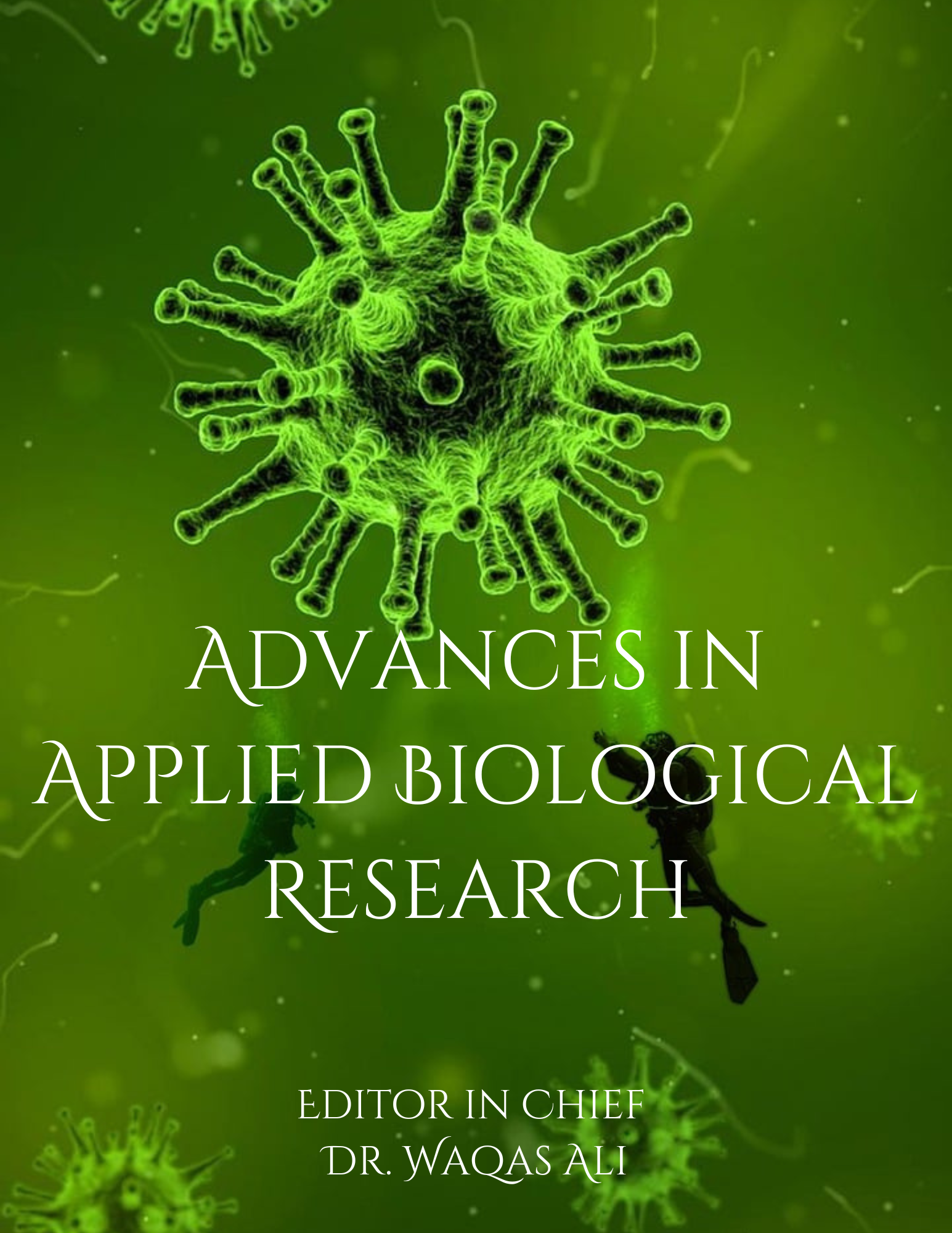Role of DIP Diet in Managing Blood Transfusion-Dependent Thalassemia Major: A Case Study of Integrative Therapies”
DOI:
https://doi.org/10.48165/aabr.2024.1.2.04Keywords:
Thalassemia Major, Blood Transfusion, DIP Diet, Inte-grative Therapy, Hemoglobin Stability, Holistic CareAbstract
Thalassemia Major, a severe genetic blood disorder, necessitates frequent blood transfusions to manage low hemoglobin levels. This case highlights the recovery journey of Dibyanshu Pani, a 4-year-old boy from Odisha, diagnosed with Blood Transfusion Dependent Thalassemia Major in April 2023. Initially treated at SCB Medical College, Cuttack, and subsequently in Mumbai, Dibyanshu underwent frequent transfusions every 20 days to maintain his hemoglobin levels, which fluctuated between 5 and 9. In July 2023, his family opted for an alternative approach under Dr. Namita’s guidance, incorporating integrative therapies such as the DIP Diet, Living Water Therapy, Sunlight Exposure, and HWI Therapy. Remarkably, Dibyanshu’s condition stabilized, reducing his dependence on transfusions. By October 2023, his hemoglobin levels were maintained between 6.8 and 7.5 without regular transfusions. His family’s adherence to integrative therapies transformed his prognosis, with the frequency of transfusions decreasing to once every eight months. In August 2024, a sudden episode of diarrhea necessitated a single transfusion. Today, Dibyanshu leads a healthy life, free from medications, following a holistic lifestyle. This case underscores the potential of integrative therapies in managing chronic conditions like Thalassemia Major, reducing medical dependence, and improving quality of life.References
Weatherall DJ, Clegg JB. Thalassemia – a global public health
problem. Nat Rev Genet. 2001;2(8):763–771.
Colah R, Gorakshakar A, Nadkarni A. Global burden, distribution
and prevention of β-thalassemias and hemoglobin E disorders.
Expert Rev Hematol. 2010;3(1):103–117.
Modell B, Darlison M. Global epidemiology of haemoglobin
disorders and derived service indicators. Bull World Health
Organ. 2008;86(6):480–487.
Kattamis C, Forni GL, Aydinok Y. Current treatment options and
strategies in beta-thalassemia. Clin Ther. 2013;35(10):1510–
1522.
Galanello R, Origa R. Beta-thalassemia. Orphanet J Rare Dis.
2010;5:11.
Cao A, Kan YW. The prevention of thalassemia. Cold Spring Harb
Perspect Med. 2013;3(2):a011775.
Flint J, Harding RM, Boyce AJ, Clegg JB. The population genetics
of the hemoglobinopathies. Baillieres Clin Haematol.
1998;11(1):1–51.
Angastiniotis M, Modell B. Global epidemiology of hemoglobin
disorders. Ann N Y Acad Sci. 1998;850:251–269.
Colah R, Gorakshakar A. Prevention of thalassemia in India.
Indian J Pediatr. 2010;77(8):733–739.
Agarwal MB. Advances in management of thalassemia. Indian J
Pediatr. 2009;76(7):739–744.
Choudhry VP, Pati HP, Saxena A. Prevention of thalassemia: a
necessity. Indian J Pediatr. 2009;76(7):691–694.
Borgna-Pignatti C, Cappellini MD, De Stefano P. Survival and
complications in thalassemia major. Ann N Y Acad Sci.
2005;1054:40–47.
Rund D, Rachmilewitz E. β-Thalassemia. N Engl J Med.
2005;353(11):1135–1146.
Telfer P, Coen PG, Christou S. Survival of medically treated
thalassemia patients in Cyprus. Trends and risk factors over
the period 1980–2004. Haematologica. 2006;91(9):1187–
1192.
Cappellini MD, Cohen A, Eleftheriou A. Guidelines for the clinical
management of thalassaemia. 2nd ed. Nicosia: Thalassaemia
International Federation; 2008.





